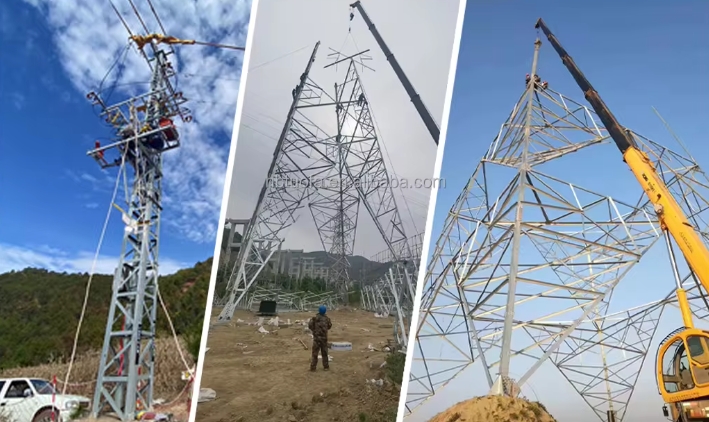
May 30,2024 |by admin |High Quality Clamp| Guy Angle| Suspension Clamp| Parallel Clamp

Favorable Price High Quality Clamp Guy Angle Suspension Clamp Parallel Clamp22
Support structure – the false dead end requires a strong support structure to bear the weight of the transmission line. The structure consists of steel or reinforced concrete and is securely anchored to the ground.
Support structure – the false dead end requires a strong support structure to bear the weight of the transmission line. The structure consists of steel or reinforced concrete and is securely anchored to the ground.
Insulators – these are crucial components that support the conductors of the transmission line. This is while electrically isolating them from the support structure. Insulators position to create the illusion of termination while allowing the line to continue beyond that point.
Redirection mechanism – the false dead end uses a mechanism to redirect the transmission line in the desired direction. This may involve use of specialized fittings that guide the conductors while maintaining electrical continuity.
Visual appearance – the design of the false dead end should consider its visual appearance to create the Illusion of a dead end. It may also involve shaping the crossarms and arranging the insulators in a manner that resembles the termination of the line.
Crossarms – a crossarm mounts on top of the support structure to hold the insulators and other hardware. The crossarm may appear as if it terminates the line, mimicking the look of a traditional dead end.
Hardware – these includes clamps, connectors and fittings. They help to secure the conductors and insulators to Crossarms. They must be strong to resist corrosion and ensure the integrity of the line.
Safety features – these include insulating covers or barriers installed to prevent accidental contact with the components.
Properties of a false dead end
False dead ends have various properties tailored to meet specific functional requirements. They also help to ensure safety, durability and visual deception. These properties aim at creating a seamless transition in the transmission line’s direction. This also helps to discourage interference and maintain safety. The following are the properties of a false dead end.